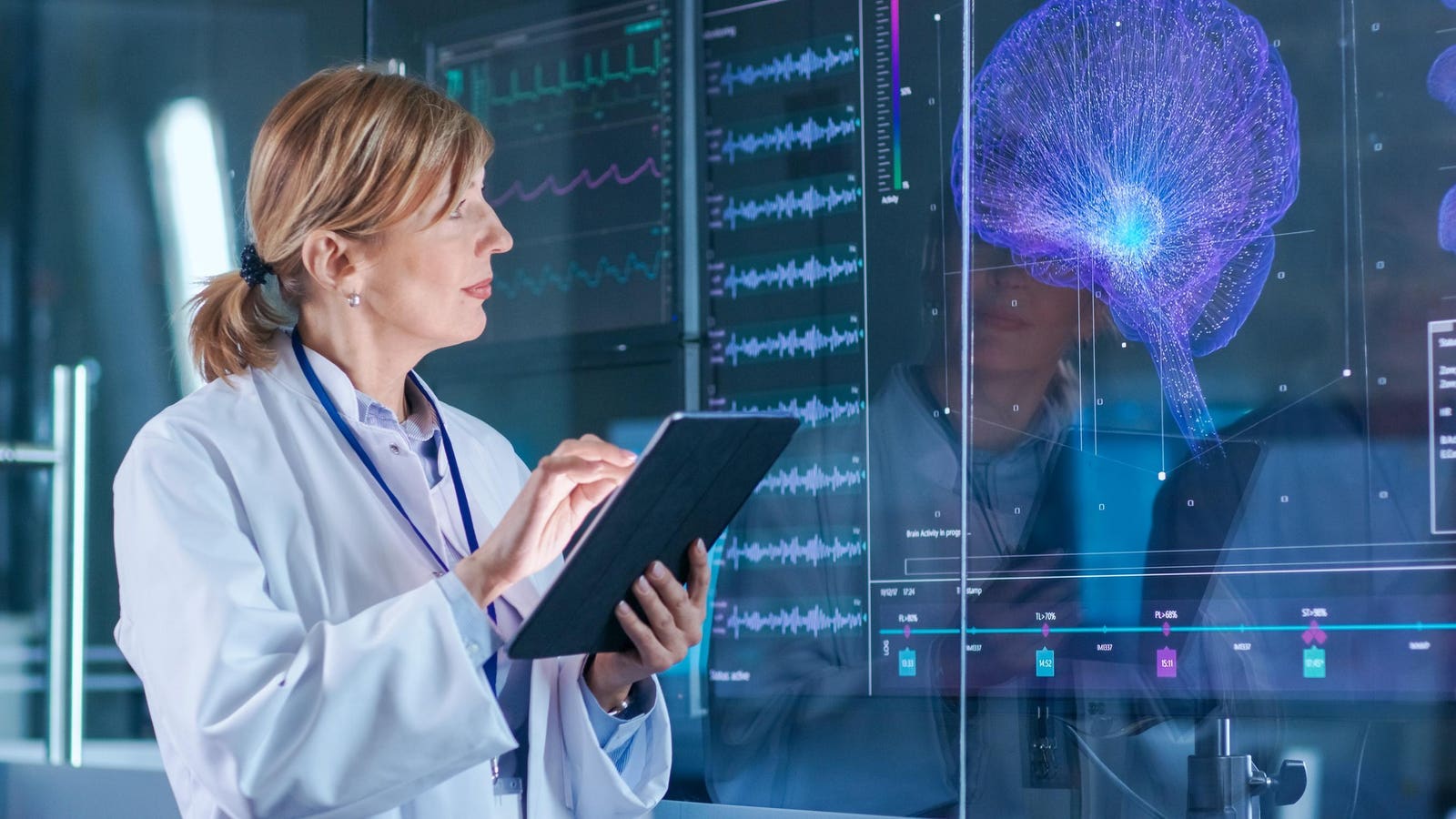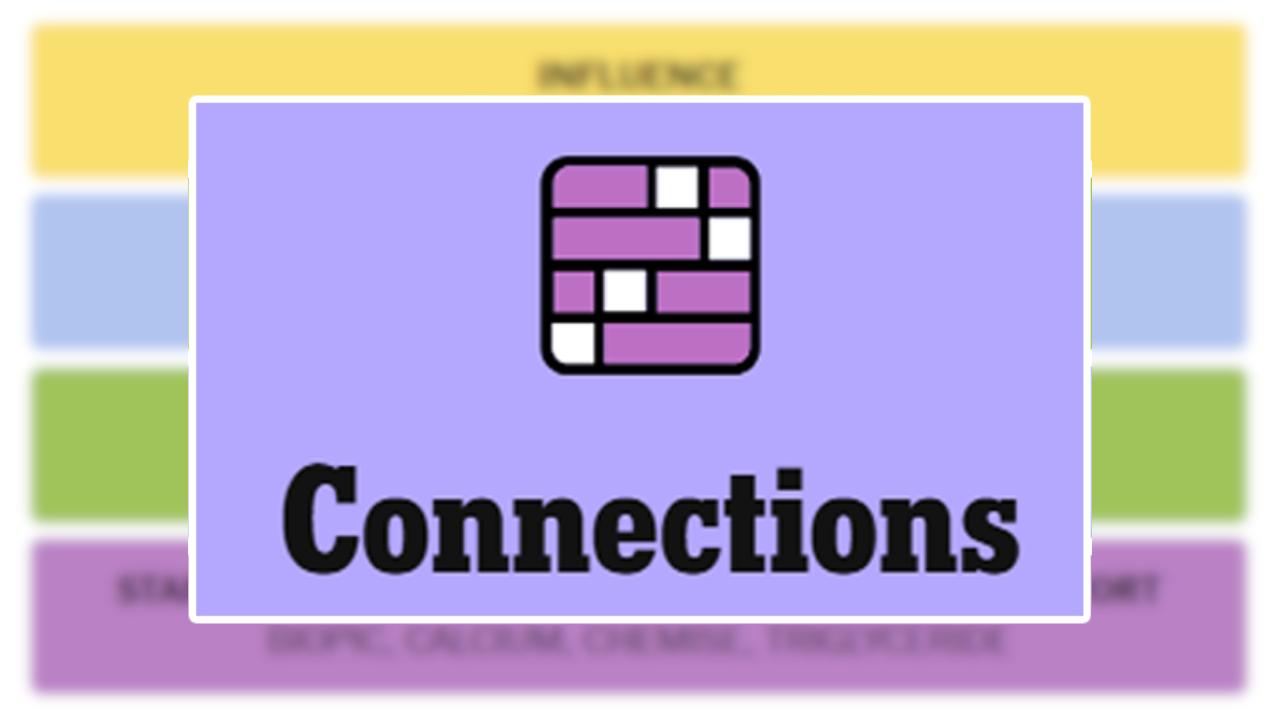Doctors study EEG patterns to identify abnormalities, diagnose neurological disorders, and monitor the brain’s functional state over time.
getty
While Dimitris Fotis Sakellariou and Kris Pahuja both shared a passion for playing music, what ultimately brought them together was an opportunity to use artificial intelligence to advance the field of brain science. Sakellariou’s medical research and deep technical skills coupled with Pahuja’s AI strategy and product credentials were the perfect mix and in 2023 they became cofounders of Piramidal.
As a graduate startup of Y Combinator, what has made Piramidal particularly compelling is that they have built a large foundation model that instead of learning from a corpus of text, uses data produced by electrical activity in the human brain. In this way, their AI is trained to understand and detect patterns of brain language potentially transforming neurological diagnostics.
It’s the first step in many that they hope will lead them to their ultimate goal of building a fully AI-enabled neurologist.
Building The First Large Neuro Model
In November 2022, ChatGPT was released to the public. It enabled anyone to type a plain English question into a text box and get a natural sounding, informed response. ChatGPT was most people’s first encounter with a large language model, a type of AI.
In simple terms, an LLM works by being trained on a massive amount of text data that is derived from websites, databases, articles, and more. Through this process, the LLM learns language patterns and is then able to apply them in response to input from a user.
Sakellariou, who holds a PhD in neuroscience and AI, had a breakthrough idea to build a specialized LLM, which his team now calls a large neuro model, that would use data, specifically neural language from the brain, from an electroencephalogram also known as an EEG.
EEG devices, found in a clinical setting, conduct tests that record and display brainwave patterns, and are used to detect and investigate epilepsy, and other problems such as dementia, brain tumors, sleep disorders, and head injuries.
Brainwaves captured during a seizure and recorded on an EEG.
getty
What Problems Can A Large Neuro Model Solve?
In a typical hospital context an EEG is hooked up to a patient through electrodes that are placed on the scalp. Brainwaves are displayed on a monitor or printed on paper.
Doctors, nurses, and other medical technicians check on EEG results from many patients periodically during the day. As a practical matter, it’s not possible for medical staff to continuously monitor and interpret EEG output.
As an example, if a doctor checks an EEG in the morning and then before lunch the patient has a brain dysfunction, the doctor may not know about it until they check the EEG again in the evening, when appropriate intervention may be too late.
New York-based Piramidal’s LNM solves this problem by constantly consuming the EEG data, enabling it to produce accurate patient time series reports, in seconds. The LNM’s on-going monitoring means it can analyze, identify, flag, and alert medical staff about abnormalities in real-time. Treatment close to or as the medical event is occurring can literally save the patient’s life.
Their model also eliminates the manual time-consuming work required to study EEG results, which often takes hours of effort, and it is particularly valuable in situations such as emergencies, when high quality data can support better real-time medical decisions and interventions.
The result? Improved healthcare outcomes.
Cleveland Clinic Makes A Bet On Piramidal
Cleveland Clinic, opened in 1921, is a medical center with 23 hospitals and 280 outpatient facilities globally. In 2024 it served close to 16 million patients, and it is considered one of the world’s top centers for neurology.
Main campus entrance of Cleveland Clinic in Ohio, USA
getty
As a large provider, the Clinic has around 100 EEG devices in ICUs serving patients at any time. Monitoring, reporting, and managing each EEG is a highly time-consuming task relying on scarce time availability from medical professionals.
In addition, the current absence of real-time brainwave time-series analysis, interpretation, and alerts means inefficiencies can exist in being able to reduce brain injury and even death in the event of an ICU emergency.
It makes sense then that Clinic leaders would have a keen interest in Sakellariou and Pahuja’s innovation and consequently, a strategic collaboration is now underway.
Over a period of several months, Piramidal’s LNM will be deployed across many of the Clinic’s ICUs. The center will work to co-develop a custom version through testing and refinement that meets their specific needs.
Sakellariou believes the solution that emerges from this collaboration will also inform the development of a more widely available commercial version for medical networks across the world.
A Challenging But Bright Future For AI In Healthcare
AI is ushering in a new era of healthcare innovation.
Today, breakthroughs using AI in multiple areas of medicine are happening with greater frequency. Examples include greater accuracy in imaging and diagnosis, acceleration of drug discovery and development, robots assisting with surgery, and precision medicine enabling treatments to be tailored for each patient.
Bariatric surgery being performed using the Da Vinci medical robot at the Military Institute of Medicine in Warsaw, Poland on December 05, 2024. (Photo by Foto Olimpik/NurPhoto via Getty Images)
NurPhoto via Getty Images
There’s a lot happening to be encouraged and excited about in the medical field.
That said, it will take more than just advances in technology to realize the benefits of innovation in healthcare.
Pahuja sees many non-technical hurdles in the way, particularly in the US. Despite the availability of solutions, slow technological adoption is still a characteristic of healthcare systems for many complex reasons including the process in which reimbursements are made. In addition, the current healthcare regulatory environment can quickly become a roadblock for adoption of AI.
The innovative optimists: Kris Pahuja, CPO (Left) and Dimitris Fotis Sakellariou, CEO (Right) of Piramidal
Piramidal
Despite these hurdles, both Sakellariou and Pahuja are convinced that healthcare innovation driven by AI is about to flourish, and they are well positioned to ride what will likely be a long wave. They acknowledge that it’s going to require a lot more investment, after all, training a large neuro model doesn’t come cheap.
With AI, perhaps many of our worst healthcare fears, from cancer to neurological diseases, will be soon be overcome. That future can’t come fast enough.









